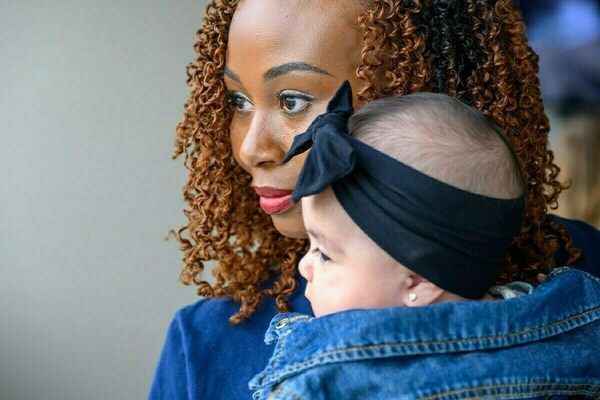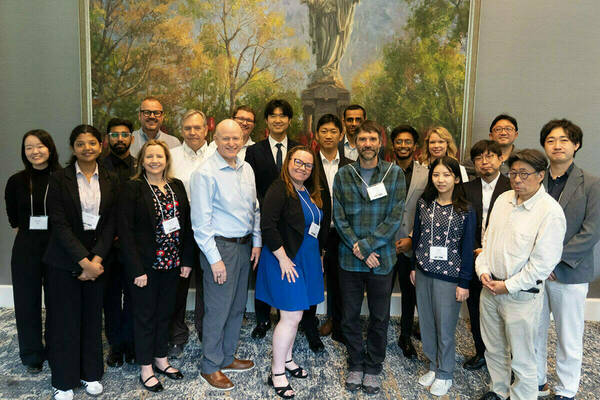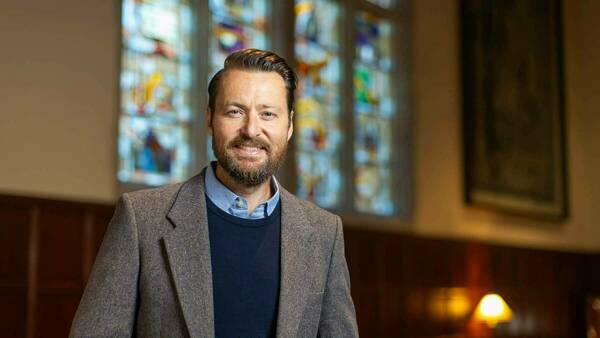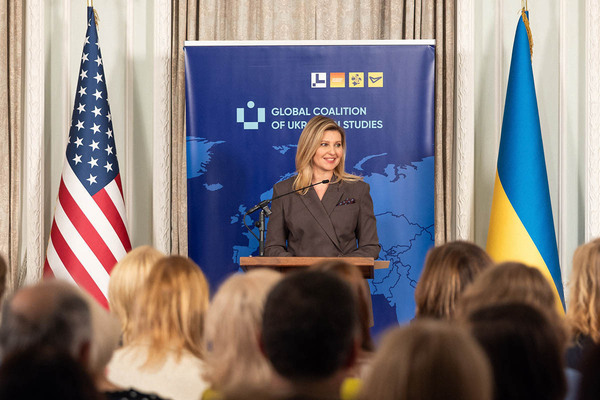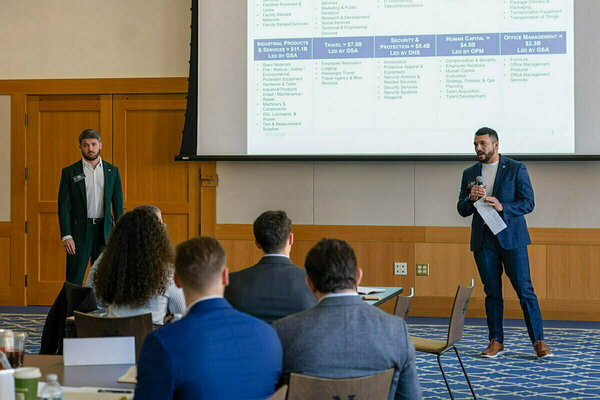Into high waves and turbulence: engineers deploy smart devices to improve hurricane forecasts
Predicting hurricane intensity has lagged behind tracking its path because the forces driving the storm have been difficult and dangerous to measure—until now.
“When we’re talking 150, 200-mph winds, with 30-foot waves, you don’t send a boat and crew out there to collect data,” said David Richter, associate professor of civil and environmental engineering and earth sciences and faculty affiliate of the Environmental Change Initiative at the University of Notre Dame.
“We can now send drones and other ‘smart’ oceanographic instruments into hurricanes to take measurements in conditions previously considered too extreme to deploy anything.”
Richter is the lead investigator on a $9-million Office of Naval Research (ONR) Multidisciplinary University Research Initiative (MURI) grant that brings together experts in atmospheric science, oceanography, and physics-informed modeling to improve hurricane intensity forecasts.

Data from the storm’s center will provide crucial insights into the transfer of energy within the hurricane, particularly at the volatile boundary between atmosphere and ocean.
Collaborators on the project include the 53rd Weather Reconnaissance Squadron of the United States Air Force Reserve and NOAA’s Atlantic Oceanographic and Meteorological Laboratory. Their planes, known as “hurricane hunters,” will carry and release some of the team’s autonomous, data-collecting instruments during routine storm missions.
A tube-like device with sensors, a dropsonde, will record a snapshot of wind speed, air pressure, temperature, and humidity on its way from the aircraft to the ocean’s surface. Other air-dropped instruments (profiling floats) will measure water temperature, surface wind and wave height—a key factor in determining surface roughness.
Saildrones, piloted remotely by NOAA researchers, will navigate into the storm’s center to record such metrics as wind speed, air temperature and humidity, atmospheric pressure, currents and waves. Unmanned aircraft will measure the storm’s low-altitude turbulence.

The collected data will help researchers verify the physical processes dominant in such extreme conditions and develop novel simulation strategies for improving forecasts.
“The goal is always to get better at predicting when and where hurricanes are going to strike and how destructive they’ll be when they land,” said Richter. “The more lead time you have to warn or evacuate people, the better.”
Richter’s research team for this project titled SASCWATCH: Study on Air-Sea Coupling with WAves, Turbulence, and Clouds at High winds, includes researchers from Colorado State, Colorado School of Mines, University of Washington, Woods Hole Oceanographic Institution, Texas A&M University, Mississippi State University, and University of Miami.
Latest Research
- Fighting for maternal healthThe United States has the highest maternal mortality rate of developed nations. An innovative postpartum care model from Notre Dame can save mothers around the globe. Read the story Originally…
- NSF Cyber SMART’s fall meeting shapes fifth year of project, legacy and future plans, and adds new memberThe U.S. National Science Foundation (NSF) Cyber SMART center gathered for its fall meeting on the University of Notre Dame campus this September. The meeting served as a checkpoint with progress reports and new projects from research leads and students…
- Slavic and Eurasian studies professor wins Humboldt fellowship to research how Russia’s religious past shapes its presentWhen Russia invaded Ukraine on Feb. 24, 2022, Sean Griffin realized his second book needed a new title. Griffin, an associate professor in the University of Notre Dame’s Department of…
- Notre Dame’s R.I.S.E. AI Conference builds interdisciplinary collaboration to inform human-centered artificial intelligenceAs artificial intelligence (AI) transforms nearly every sector of society — from healthcare and education to governance and global development — a critical question emerges: How can we conscientiously design and deploy these powerful technologies to positively impact society? This…
- University of Notre Dame joins the Global Coalition of Ukrainian StudiesThe University of Notre Dame has joined the Global Coalition of Ukrainian Studies after signing a Memorandum of Cooperation (MOC), formalized on September 24, 2025, at the Ukrainian Institute of America in New York City. Notre Dame joined four other American…
- The University of Notre Dame’s Mendoza College of Business and Industry Labs team up to inspire national security manufacturing competitiveness in the regionThe South Bend - Elkhart Region is full of manufacturing companies that are poised to grow, and Executive Master of Business Administration (EMBA) and Master of Business Administration (MBA) students at the University of Notre Dame are finding innovative ways to contribute to that growth. Earlier…








